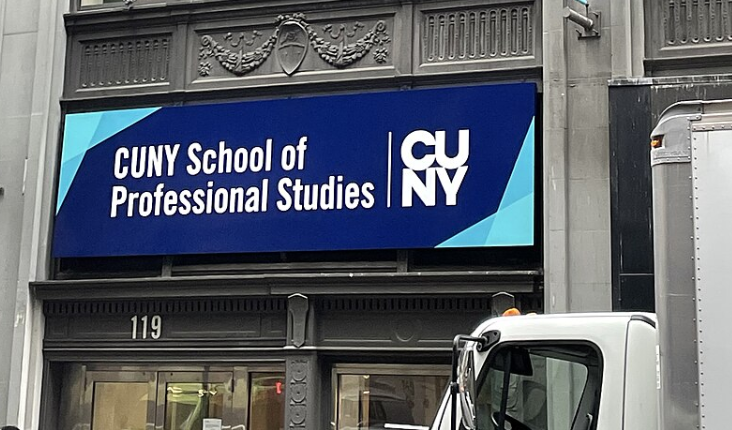Millennials are worse off than their parents. A report by the Federal Reserve compared financial milestones of generations and found that despite having similar consumption habits of past generations, millennials have far less money to spend.
Stagnant wages and rising tuition costs are some of the key financial obstacles millennials face, and it feels like a downward spiral of mobility to them.
Despite a strong labor market and an extended period of economic expansion, today’s real average wage — wage after accounting for inflation — has roughly the same purchasing power it did 40 years ago, Pew Research Center reports.
The impact of the Great Recession of the late 2000s also cannot go unnoticed.
Millennials born between 1981 and 1997 came of age in a time with historically low labor demands and tight credit conditions, resulting in stricter spending habits since they had less money to spend.
Student loan debt in 2019 is the highest that it’s ever been, now totaling to $1.5 trillion, the Pew Research Center also reports.
That makes it the second-highest consumer debt category in the United States, only behind mortgage debt.
Additionally, debt among Americans ages 19-29 exceeded the $1 trillion mark at the end of 2018, according to the New York Federal Reserve Consumer Credit Panel.
This amount of student debt creates a domino effect of hardship on those who have to borrow money just to start paying it off. A survey done by Summer and Student Debt Crisis found that 65% of borrowers had less than $1,000 in the bank.
Rising tuition costs and decreases in federal and state spending are partly to blame for the student debt crisis.
Annual published tuition at four-year public colleges has risen by $2,484, or 35%, since the 2007-2008 school year and overall state funding for public colleges in the 2017-2018 school year was more than $7 billion below its 2008 level after adjusting for inflation, CBPP reports. Most Americans aren’t even aware of this.
APM Research Lab found that 61% of people surveyed thought that, in the last 10 years, government funding for public colleges and universities either stayed the same or increased, and 42% thought that publicly funded grants and loans either kept up with or increased faster than the tuition costs.
The answer to solving the student debt crisis isn’t tuition-free public college; rather it’s making the repayment process much easier for the borrowers.
The standard repayment plan in the United States is 10 years of a fixed monthly payment.
Student loan bills keep coming, no matter how small of a paycheck the borrower receives each month.
The United States should look to replicate the repayment programs that are highly effective in Sweden and Australia, two countries that have similar average debt-per-borrower figures, as seen in an article published by The New York Times.
In Sweden, repayment periods add up to a total of 25 years, starting off with low amounts that gradually increase over time.
In Australia, meanwhile, borrowers don’t start paying off their student loans until they make above $36,850 a year. After they achieve that threshold, they pay a fixed 4% of their income until the debt is paid off.
In 2015, 91.5% of the total annual amount charged to borrowers was paid, the Swedish Board for Study Support reported.
A typical graduate that uses Australia’s income-based HECS-HELP repayment program gets rid of student debt within 8 to 12 years and those with very high earnings finish repaying in as few as five years.
Opponents to implementing a system in the United States similar to Australia’s would argue that when the government removed enrollment caps at public universities, it contributed to lower wages among borrowers, and therefore many of the graduates were not earning enough to repay their debt.
The United States’ open-access higher education system would result in a similar situation, resulting in more student debt totals.
Having student debt, low social economic mobility and stagnant wages can seem like a hopeless hindrance for a millennial that is trying to live on their own and save up enough to afford basic needs and live comfortably.
Regardless of the drawbacks, the Australian model is one that the United States can use to reform and solve its student debt crisis.







